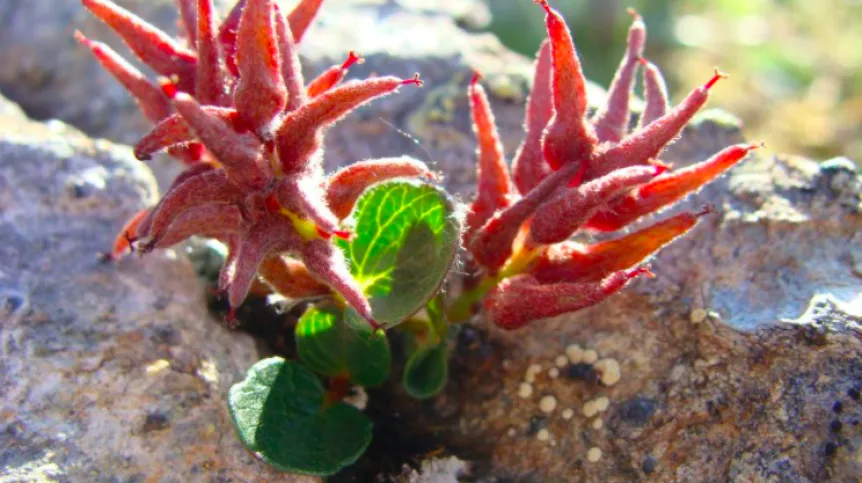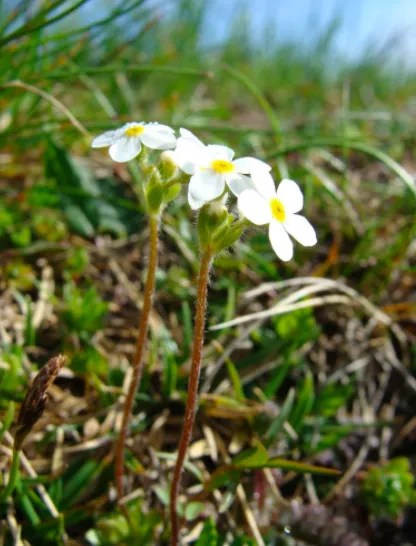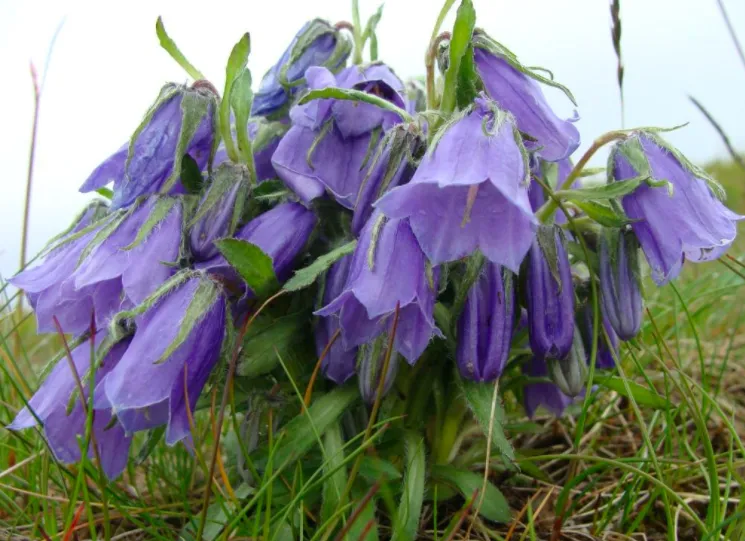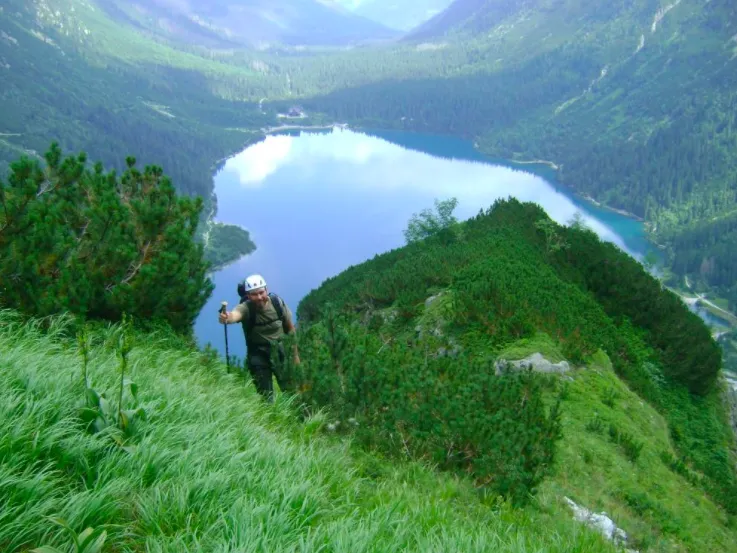
Researchers all over Europe have studied vegetation changes on mountain tops. It turns out that the number of species increases rapidly, mainly due to global warming. This, in turn, poses a threat to plants that did well only on summits.
Botanists from 11 countries climbed 302 mountain peaks in Europe to see which species of plants could be found there. They compared current data with data on the same subject recorded in historical sources, dating back to the nineteenth century.
It turned out that over the last 10 years, on average, over 5.5 new species of plants appeared on each of the studied European peaks. Meanwhile, six decades earlier, between 1957 and 1966, on average only 1.1 previously unknown species appeared on every peak. The rate of arrival of new species of plants increased 5 times in more than half a century.
The study of an international team led by Dr. Manuel Steinbauer from the Danish Aarhus University appeared in the prestigious journal "Nature". Among the authors are Dr. Bogdan Jaroszewicz and Patryk Czortek from the Białowieża Geobotanical Station of the Faculty of Biology of the University of Warsaw, who conducted research in the Tatras.
THOSE THAT ONLY LIVE ON TOP, LOSE
"The most important conclusion from the study is that the species diversity growth rate on mountain peaks is accelerating. This is alarming" - says ecologist Dr. Jaroszewicz. Botanists are usually happy about growing biodiversity, but not in this case. Global warming means that plants from the lower parts of the mountains can move to higher altitudes. And then the most specialized species of mountain plants lose - those adapted to life where in the past no other species could survive.
Such displaced species include alpine gypsophila and saxifrages: yellow saxifrage, blue saxifrage and alpine saxifrage - which are rare species also outside the Tatras.
"These plants are able to persevere under extreme conditions: low temperature, strong sunlight, short vegetation season. But they are unable to compete for resources with other plants" - explains the botanist. He points out that this is why these species are not found in the lower parts of the mountains. And they have nowhere to escape to from the top.
RESEARCH IN THE TATRAS
Polish researchers examined 14 peaks - including Rysy, Mięguszowiecki Szczyt Czarny, Giewont, Sławkowski Szczyt, Szalony Wierch. These peaks had the most historically complete list of plant species found there.
Researchers studied the areas 50 meters down from the highest point on the peak. Sometimes, in order to be able to carry out their research thoroughly, the scientists needed assistance of mountaineers. There were peaks on which only 20-30 species were found, but also peaks with well over a hundred species.
"Our most bizarre find was... a tomato plant growing slightly below Giewont" - laughs Dr. Jaroszewicz. He points out that the appearance of this particular plant was associated with tourists who unknowingly carry the seeds to the tops. "But there were tourists in the mountains in the past, and if the environmental conditions are so extreme that the plant has no chance to survive, it will not grow. Alpine plants from the lower parts of mountains appearing on mountain tops of is a response to climate change" - the researcher points out.
Other plants found on mountain tops, and formerly absent there, are often synanthropic species that have adapted to the environment transformed by man: annual meadow grass and broadleaf plantain. However, on the lower peaks, the expansion of species such as the European blueberry and mountain pine is clearly visible.
THE GREAT ACCELERATION
The graph showing the increase in the number of plant species on mountain peaks is similar to the other diagrams related to the great acceleration. The shapes of these graphs resemble a hockey stick: initially flat, and then, from the second half of the twentieth century, sharply climbing up. "The great acceleration is a global trend in the development of the economy, society, communication, climate warming" - explains Dr. Jaroszewicz. In the case of biological systems, this is the first instance of observing changes that are so clearly synchronized with the great acceleration. "And our work is the first to show that this phenomenon can also be observed in ecosystems" - concludes the botanist.
PAP - Science in Poland, Author: Ludwika Tomala
lt/ zan/ kap/
tr. RL
Gallery (6 images)
-
 1/6Source: Dr. Bogdan Jaroszewicz
1/6Source: Dr. Bogdan Jaroszewicz -
 2/6Source: Dr. Bogdan Jaroszewicz
2/6Source: Dr. Bogdan Jaroszewicz -
 3/6Source: Dr. Bogdan Jaroszewicz
3/6Source: Dr. Bogdan Jaroszewicz -
 4/6Source: Dr. Bogdan Jaroszewicz
4/6Source: Dr. Bogdan Jaroszewicz -
 5/6Source: Dr. Bogdan Jaroszewicz
5/6Source: Dr. Bogdan Jaroszewicz -
 6/6Source: Dr. Bogdan Jaroszewicz
6/6Source: Dr. Bogdan Jaroszewicz













